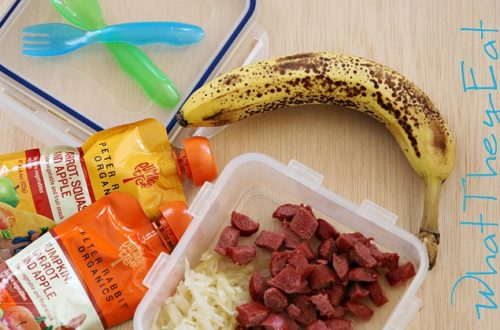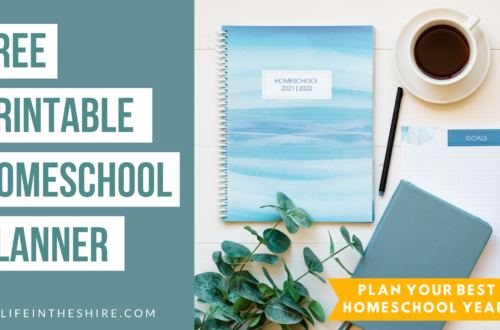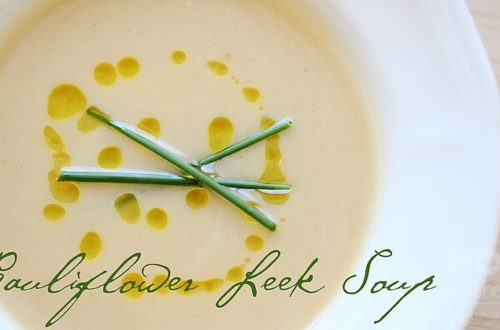Speech and Language Cards and Tips
Lately I’ve gotten a lot of comments and questions about Lily’s speech and communication, and what we have done over the years to help her. While she isn’t keeping up with her typical peers in speech and language, we have seen great progress lately. I think it’s a combination of everything we’ve done over the years, beginning from when she was just an infant. I believe it’s all connected, and you can’t necessarily talk about speech without talking about diet and supplements or the gross motor piece, like crawling and running. However, to go into absolutely everything would make this post way too long. I’ll try to share in more detail about other aspects later. For now, I’ll focus on speech and language, and specifically on one very effective tool – language cards. This is part of our ND program, so I won’t get too specific since each program is custom-made for each child, but I think anyone can benefit from some form of this activity. Technically these should not have the words printed on them, but should just be photos. I was making some flash cards for our reading program, and got a little overzealous and used the same template for this project.
**Due to recent experience with stolen images, I have removed personal photos and videos.**
For the cards, I selected several functional phrases that I wanted her to say. This is not as easy as it sounds! You see some examples in the video, such as read book, play ball, up please, among others. As I said, this is an activity specific to our ND program, so I won’t try to explain it in depth. (I wouldn’t do it justice even if I did!) The basic idea is that you choose words or phrases according to your child’s level. If your child has no words, you would be working on single words, like mommy, daddy, etc. In our case, we are now moving into 3 and 4 word phrases. I remember being SO frustrated when trying to teach “play ball”. I would show her the photo, say “play ball”, and she would repeat “ball”. Every time. And then after many attempts she’d say the full 2-word phrase once. Then the next 20 times she’d be back to repeating just the last word. Gradually and after much practice she just got it. Seeing how natural it is for her now to say “play ball” just shows how much progress we’ve made. I have to remind myself of that when I get frustrated with the 3 and 4 word phrases. I know she’ll get there!
Once you have your list of words or phrases, you can find or take photos that match. Ideally, the child will be in the photo. You also want to have multiple photos representing the same word or phrase. I laminate all of our cards using this laminator, but you could just print the photos. For printing I use HP Instant Ink and I love it! Once your cards are made (the hardest part for me…I’m such a procrastinator!) you just make it a part of your routine. At least once or twice a day you spend a couple minutes going over a few of the phrases at a time. It’s not fast flashing. We take our time, and I show her the card, say the phrase, and encourage her to repeat it.
I make the cards in photoshop, and I’m including a link to the template I use. I will also include a jpg file, which you could edit in whatever photo editor you use. For each card, in photoshop I paste in the photo and change the text. Then I print it on regular paper and laminate it. You could also erase the printed word, print the sheet, glue a 4×6 photo to the square, and write in the words on the other side. Though, as I said, you don’t really need the words printed, and could simply print actual photos, then write the word on the back (for your own use, not to show the child.)
Other Tips
A few people have asked what else we have done with Lily in the area of speech and communication, so I’ll summarize and detail that here.
Bottle/Breastfeeding Position
When Lily was still an infant someone shared The Oral-Motor Myths of Down Syndrome that taught me that when bottle or breastfeeding, the baby’s mouth should be lower than her ears when feeding. As a result of reading this article we bought bottles with liners so that we could feed pumped breastmilk in a semi-upright position. I did breastfeed her some, but primarily I pumped and bottle-fed. Using those bottles facilitated tongue retraction, helped keep her ears clear (she did struggle later with fluid in her ears, though never any ear infections), and strengthened her oral muscles. I believe as that article says, that “simple change in the position relationship of the child’s mouth to the bottle/breast can improve long-term oral-motor skill levels.” Every therapist we’ve ever seen has been impressed with Lily’s oral motor skills, such as her perfectly rounded O’s and her mouth closure.
Straws/Bite Tubes/Horns – Talk Tools
We have never given Lily a sippy cup. Ever. Even before we were done breast/bottle feeding we started working on using a straw cup. It was tricky at first, and this is another skill that is neat to look back on because it was so challenging to teach it, but now that difficulty is just a distant memory. We tried the honey bear, but I think I actually preferred the standard straw cups. The key is a cup that you can squeeze to help them learn that liquid comes up through the straw. Once she was able to drink from a straw we started the Talk Tools straw therapy at home. We also used horns and bite tubes.
Other Activities
Some other things that we did with her were to have her complete various phrases. We saw a private speech therapist briefly, and I think she called them “completions.” I would say, for example, “want milk…want…” wait expectantly for her to complete the phrase, and if she didn’t, then I would complete the phrase and repeat it. I did this all day long. Eventually she started completing the phrase. Another activity that was on our ND program for a while was to look at picture books and point out pictures and describe them, such as when looking at a picture of a bear in a storybook we would say,“bear”, “brown bear”, “big brown bear”. We would encourage Lily to repeat it.
Additional list of resources that we have used with Lily:
Early Communication Skills for Children with Down Syndrome
Baby Babble – Speech-Enhancing DVD for Babies and Toddlers (think Baby Einstein with a focus on speech skills, along with a great parent tutorial)
Baby Babble 2 – First Words: P B M
Baby Babble 3 – Next Words: T D N
Watch Me Learn – Awesome video modeling DVD’s that both my girls enjoy.
Readeez – Super cute videos. My girls love the songs, and I love that they are learning while being entertained!
BrillKids – we have used this computer program off and on over the years. The wonderful thing about it is you can also print flashcards directly from the program. And, there are free flashcard downloads on the BK website!
Gemiini – video modeling to encourage speech (and much more). So happy to have found Gemiini!



